详细说明
Purity
>95%, by SDS-PAGE visualized with Silver Staining and quantitative densitometry by Coomassie® Blue Staining.
Endotoxin Level
<0.10 EU per 1 μg of the protein by the LAL method.
Activity
Measured in a competitive binding assay. When human LDL is immobilized at 1 μg/mL (100 μL/well), Recombinant Human LDL R inhibits 50% binding of Biotinylated Recombinant Human LDL R (0.5 μg/mL) at the concentration range of 0.2-1.2 μg/mL.
Source
Human embryonic kidney cell, HEK293-derived Ala22-Arg788 (Asp193Ala), with a C-terminal 6-His tag
Accession #
N-terminal Sequence
AnalysisAla22
Predicted Molecular Mass
86 kDa
SDS-PAGE
120-140 kDa, reducing conditions
9177-LD |
| |
Formulation Lyophilized from a 0.2 μm filtered solution in PBS with Trehalose. | ||
Reconstitution Reconstitute at 100 μg/mL in PBS. | ||
Shipping The product is shipped at ambient temperature. Upon receipt, store it immediately at the temperature recommended below. | ||
Stability & Storage: Use a manual defrost freezer and avoid repeated freeze-thaw cycles.
|
Data Images
Bioactivity
| When Human LDL is immobilized at 1 μg/mL (100 μL/well),Recombinant Human LDL R (Catalog # 9177-LD) inhibits the binding between HumanLDL and Biotinylated Recombinant Human LDL R. The ED50 for this effect is0.2-1.2 μg/mL. |
Background: LDL R
The low density lipoprotein receptor (LDL R) is the founding member of the LDL R family of widely expressed cell surface scavenger receptors (1-5). Members of the family are endocytic receptors, but can also co-regulate adjacent cell-surface signaling molecules (3, 4). Many proteins in the LDL R family are cleaved by extracellular proteases to release soluble forms to the circulation, and many of these soluble forms are active (1, 6). Mature LDL R is a 120-160 kDa (depending on glycosylation) type I transmembrane glycoprotein that contains cysteine-rich complement-like repeats (class A LDL domains), calcium-binding EGF repeats, and
beta -propeller structures (class B LDL repeats) in the extracellular domain (ECD) (1-7). A membrane-proximal Ser/Thr-rich region shows extensive O-linked glycosylation (4, 8). A cytoplasmic NPxY motif links the LDL R to clathrin pits for endocytosis, and binds to select adaptor proteins (1, 4, 8). The human LDL R ECD shares 78%, 76%, 81% and 82% aa sequence identity with mouse, rat, bovine, and porcine LDL R, respectively. LDL R is constitutively and widely expressed. Its class A LDL domains near the N-terminus bind apoB and apoE, the apolipoproteins of low- and very low-density lipoproteins (LDL and VLDL), respectively (1, 2, 4, 9). Hepatocyte LDL R is responsible for endocytosis and clearing of most plasma LDL cholesterol (2, 9). At the low pH of the endocytic vesicle, it dissociates, allowing degradation of LDL and recycling of LDL R to the cell surface (1, 4). Lack of LDL R expression or function causes familial hypercholesterolemia (FH) (4, 9, 10). The protease PCSK9 (proprotein convertase subtilisin/kexin type 9) can also cause increased plasma cholesterol by promoting LDL R degradation rather than recycling to the cell surface (10-12). Soluble forms of approximately 140 kDa and 28 kDa are reported to be released by phorbol esters or interferons, respectively (6, 7).
References:
Go, G.W. and A. Mani (2012) Yale J. Biol. Med. 85:19.
Ren, G. et al. (2010) Proc. Natl. Acad. Sci. USA 107:1059.
Bujo, H. and Y. Saito (2006) Arterioscler. Thromb. Vasc. Biol. 26:1246.
Gent, J. and I. Braakman (2004) Cell. Mol. Life Sci. 61:2461.
Yamamoto, T. et al. (1984) Cell 39:27.
Begg, M.J. et al. (2004) Eur. J. Biochem. 271:524.
Fischer, D.G. et al. (1993) Science 262:250.
Stolt, P.C. and H.H. Bock (2006) Cell. Signal. 18:1560.
Defesche, J.C. (2004) Semin. Vasc. Med. 4:5.
De Castro-Oros, I. et al. (2010) Appl. Clin Genet. 3:53.
Zhang, D.W. et al. (2008) Proc. Natl. Acad. Sci. USA 105:13045.
Tavori, H. et al. (2013) Circulation 127:2403.
Long Name:
Low Density Lipoprotein Receptor
Entrez Gene IDs:
3949 (Human); 16835 (Mouse); 300438 (Rat)
Alternate Names:
FH; FHC; LDL R; LDL receptor; LDLCQ2; LDLR; low density lipoprotein receptor; low-density lipoprotein receptor class A domain-containing protein 3; low-density lipoprotein receptor







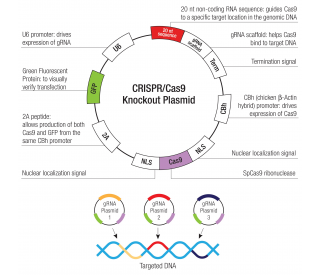

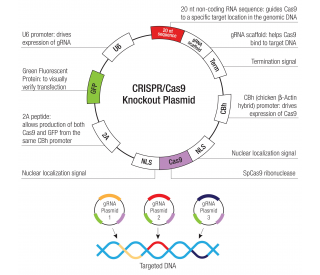
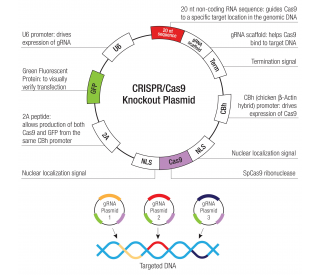


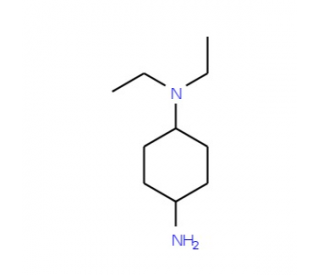

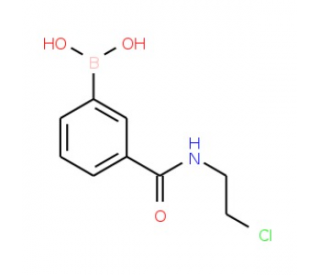
 粤公网安备44196802000105号
粤公网安备44196802000105号